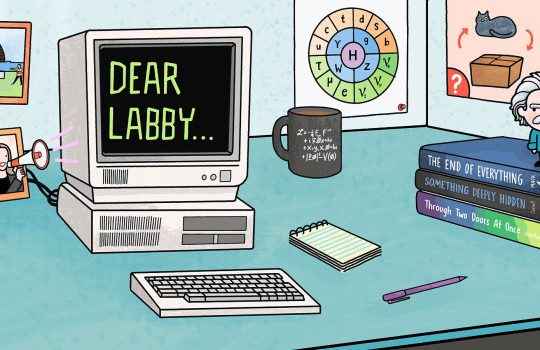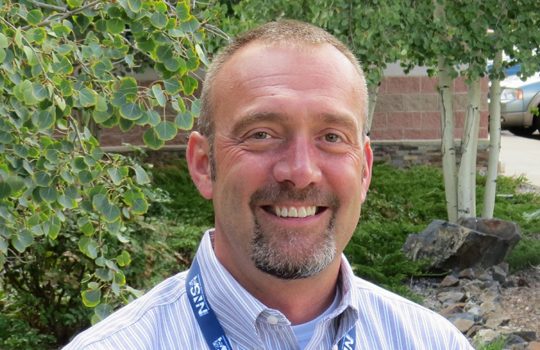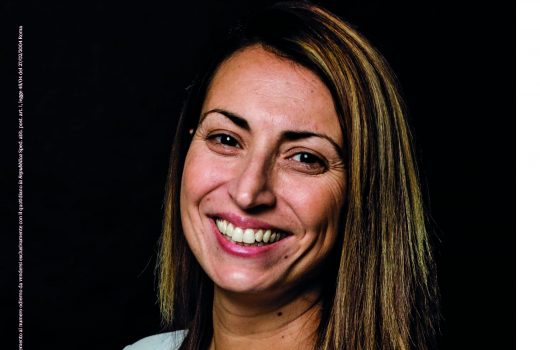Dear Labby: Life advice from physics
Symmetry writer Sarah Charley answers life and relationship questions through the lens of fundamental physics. Instead of using analogies from elsewhere in life to explain science, she’ll use physics analogies to explore human nature. This time, she tackles unwanted gifts, when to give up on a dream and how friendships might be like Newtonian mechanics.







